A WINTER FAIRYLAND
The Goodness It Brings
If we’re going to have cold temperatures, we might as well have snow. You might think that snow has nothing to do with gardening, that once a white blanket drops over the landscape, all garden activity and thoughts of gardening cease. Not so: Your gardening activity might cease and my gardening activity might cease, but a lot goes on gardenwise.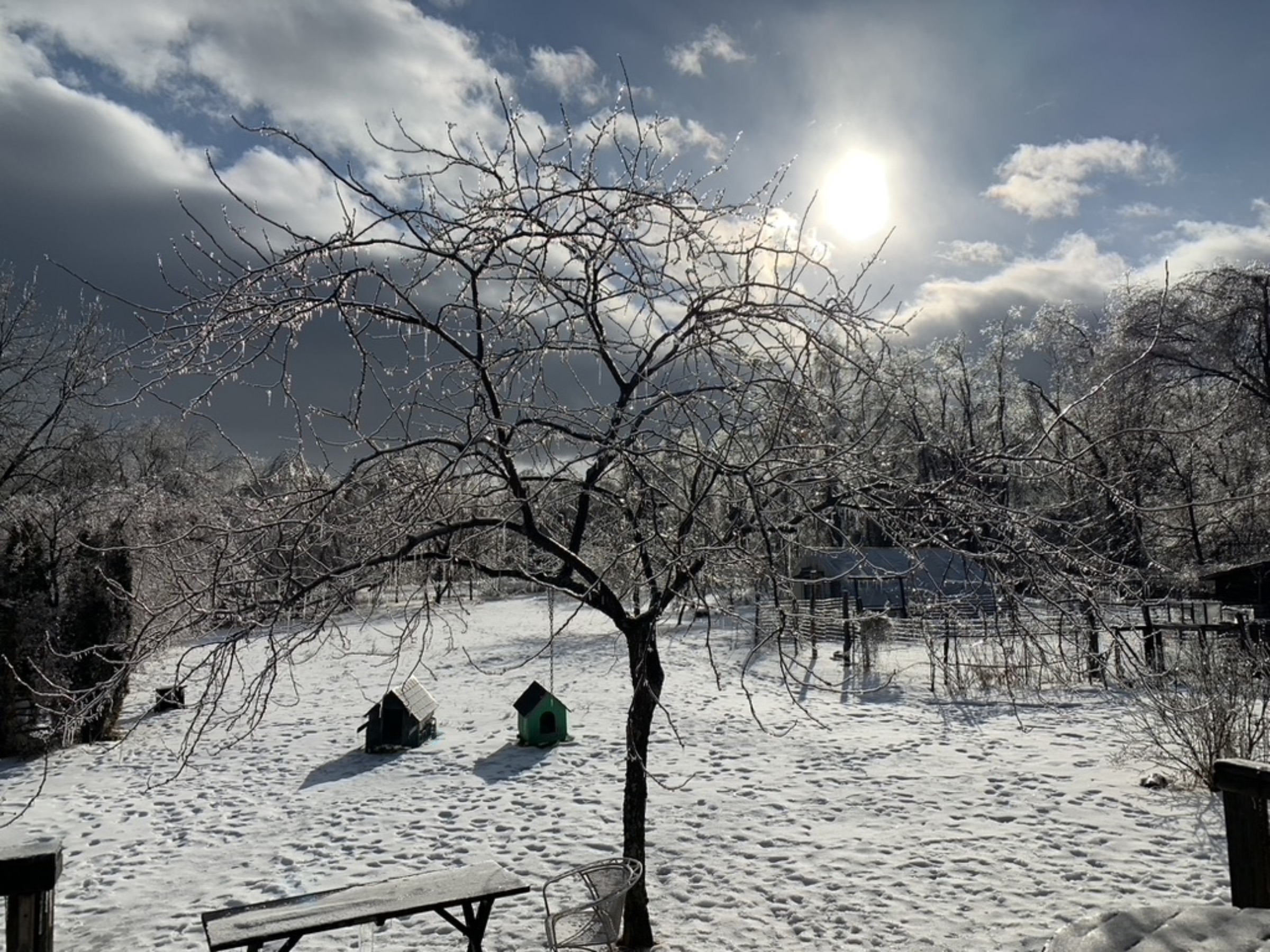
Snow is a terrific insulator, and the ground never freezes during winters when snow falls early and deep, and stays. Plants shut down in fall, not awakening until spring until they feel that winter is over. That is, until their chilling “bank” accumulates sufficient total hours between about 32 and 45 degrees Fahrenheit. Most varieties of apple, for instance, stay asleep until their bank account has about 1,000 hours in it; at that point, it is merely heat that’s holding back growth.
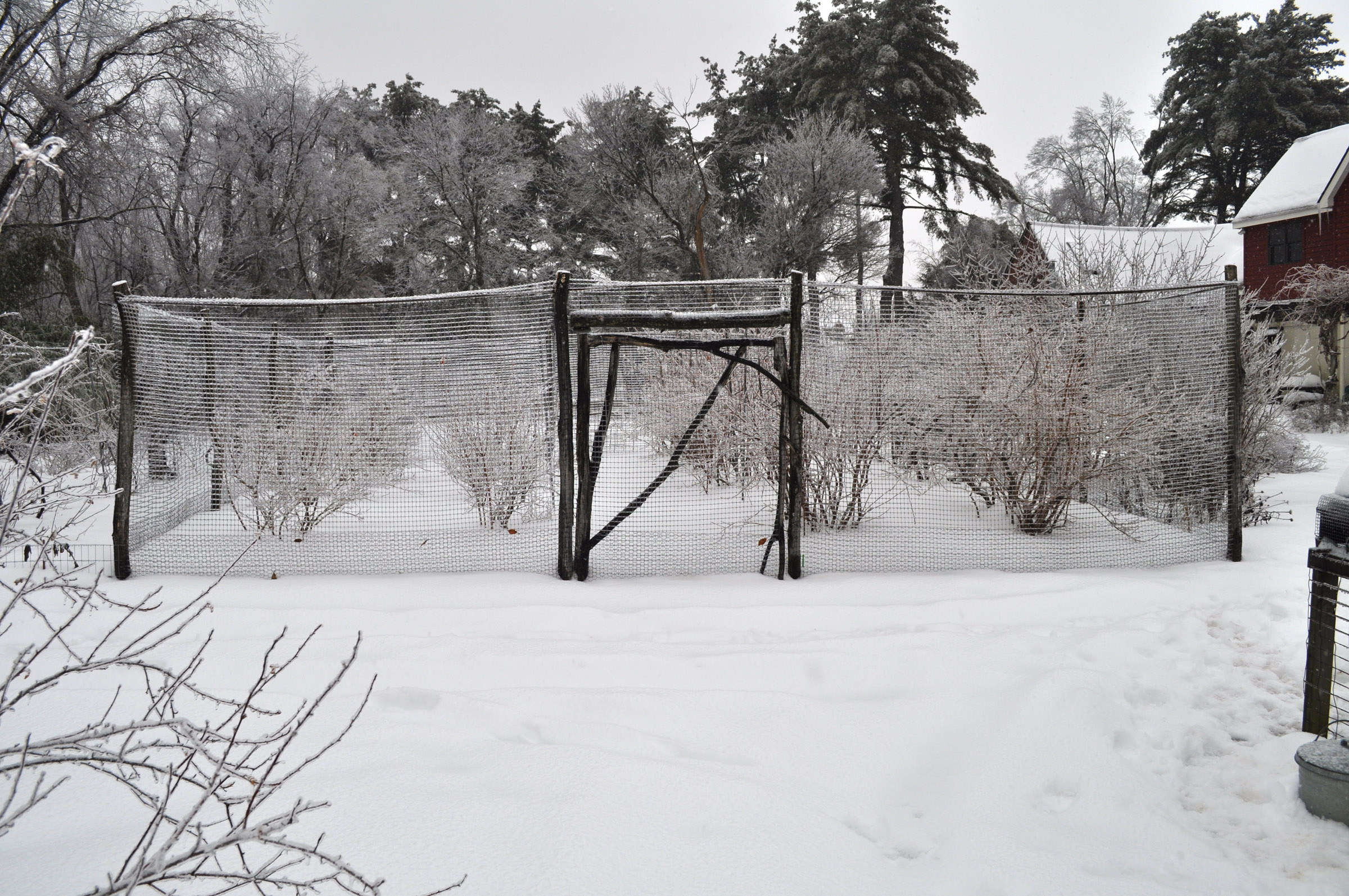
Blueberries under snow
But this chilling bank does not apply to roots. Their growth is held back by cold temperature, but can resume whenever temperature warms sufficiently. How much warmth is needed varies with the plant.
The temperature modulating effect of snow also keeps perennials and newly planted trees firmly anchored in the ground. Insulated soil stays reliably cold; soil that periodically freezes and thaws heaves poorly rooted plants up and out of the ground. Evergreen leaves of perennials like coral bells and dianthus are susceptible to the drying effects of winter wind. Once dormant and nestled beneath a few inches or more of snow, these plants are kept quiet and moist.
Even in northern regions, soil might hardly freeze if snow falls early enough and sufficiently deep and stays. In past years, snow blanketed ground allowed me to easily dig the previous fall’s carrots, leeks, and winter radishes, as needed, all winter long. I no longer leave these vegetables in the ground through winter because snow cover is no longer reliable enough and gathering carrots from wooden boxes in my cooler or plastic bags in the refrigerator was more pleasant than trudging out in the snow for harvest.
Roots aren’t, of course, the only below-ground players. Earthworms and soil microbes also keep at work when the soil stays sufficiently warm.
And Some Mischief
Snow does bring some mischief. Lettuce tolerates temperatures below freezing just fine, but its leaves turn to mush when covered by that same moist blanket appreciated by coral bells and dianthus.
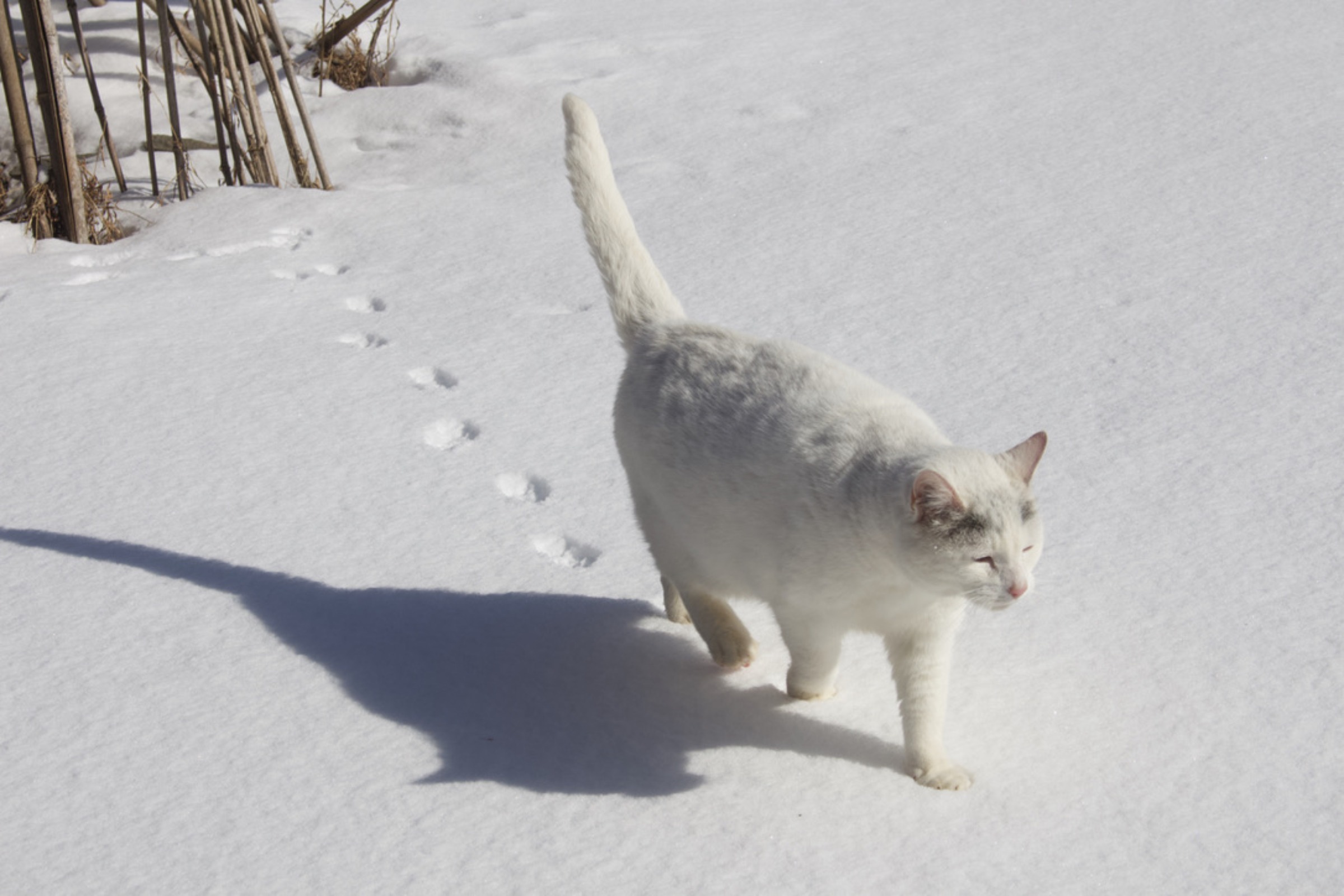
Gracie at work
Snow also exacerbates problems with animals. With less to browse at ground level, deer turn their attention to fat buds on apple trees and crisp leaves on rhododendrons. Mice become free to scoot about within a snowy realm, protected from the searching, hungry eyes of hawks and cats, and the nose of my dog. Rodents gnaw at young bark, even chomp on those tender carrots awaiting harvest from soft ground.
A thick blanket of snow gives rabbits a leg up to reach branches they could not reach before. I use hardware cloth cylinders to protect the trunks of young trees from mice and rabbits. The cylinders are still effective against the mice, but a foot and a half of snow on the ground could let rabbits chomp away on young stems that were over two feet off the ground in summer.
Snow brings one more potential problem, with evergreens. These plants leaves transpire water through winter but roots have a hard time keeping apace drawing water from frozen soil. That trouble is compounded when sunlight reflected off snow sucks even more moisture from leaves. The best way to avoid this problem is by not planting evergreens, especially broadleaf ones, where a broad expanse of open land to the south can bounce reflected sunlight on them. And mulch them well with wood chips or straw before the ground freezes so that it does not do so deeply.
But Still . . .
Mice, rabbits, deer, and desiccating evergreens notwithstanding, I still prefer a snowy to an open winter. Take a hodgepodge of plants, paths, and lawn and sitting areas, throw a snowy blanket down over everything, and what’s left is a harmony in white.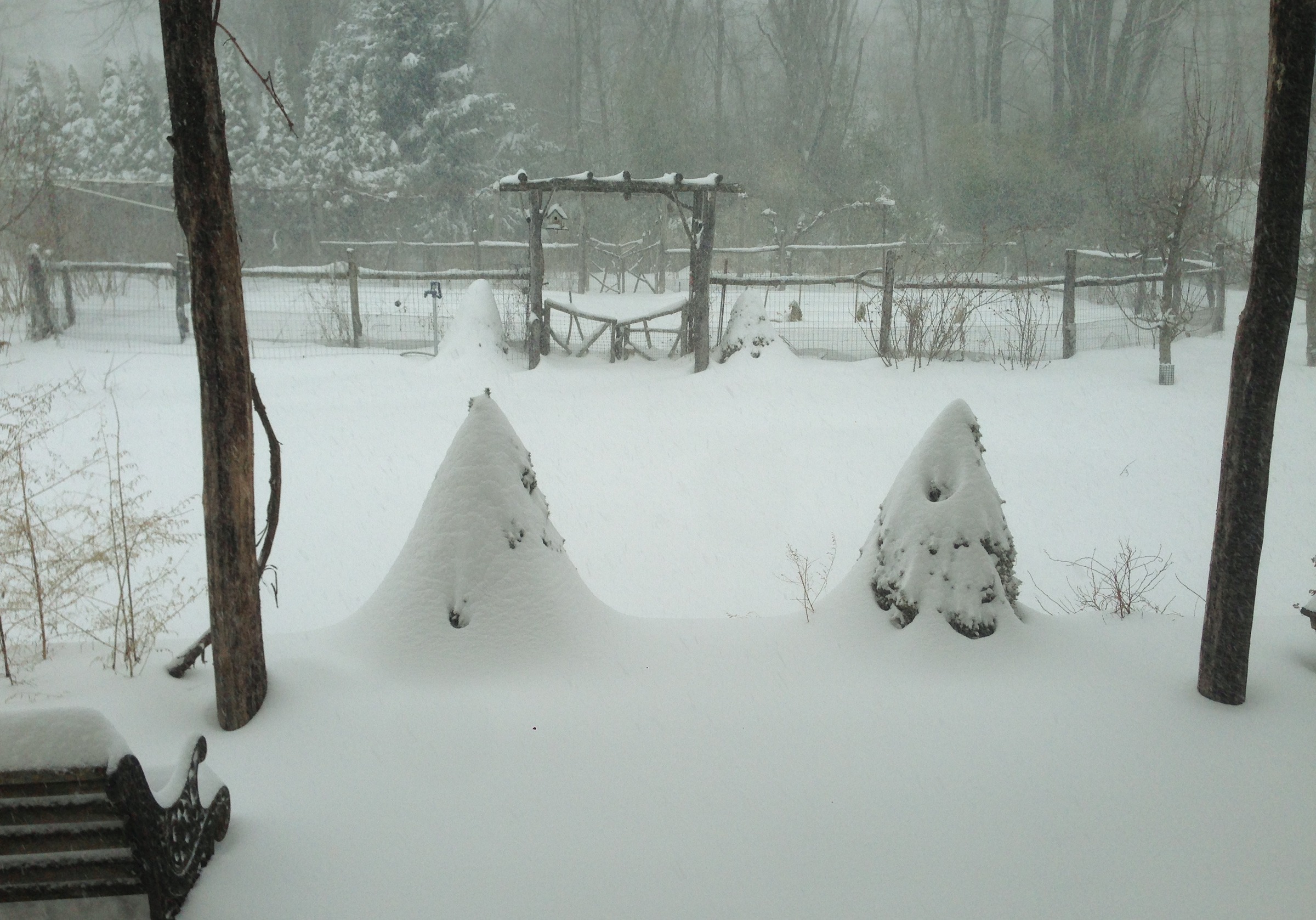
Snow does drain what little color is left in the winter landscape, yet more than mere whiteness remains. Line and form then dominate. Patterns are created by dark lines of fencing and tree limbs, and by billowing mounds of dense twigs. 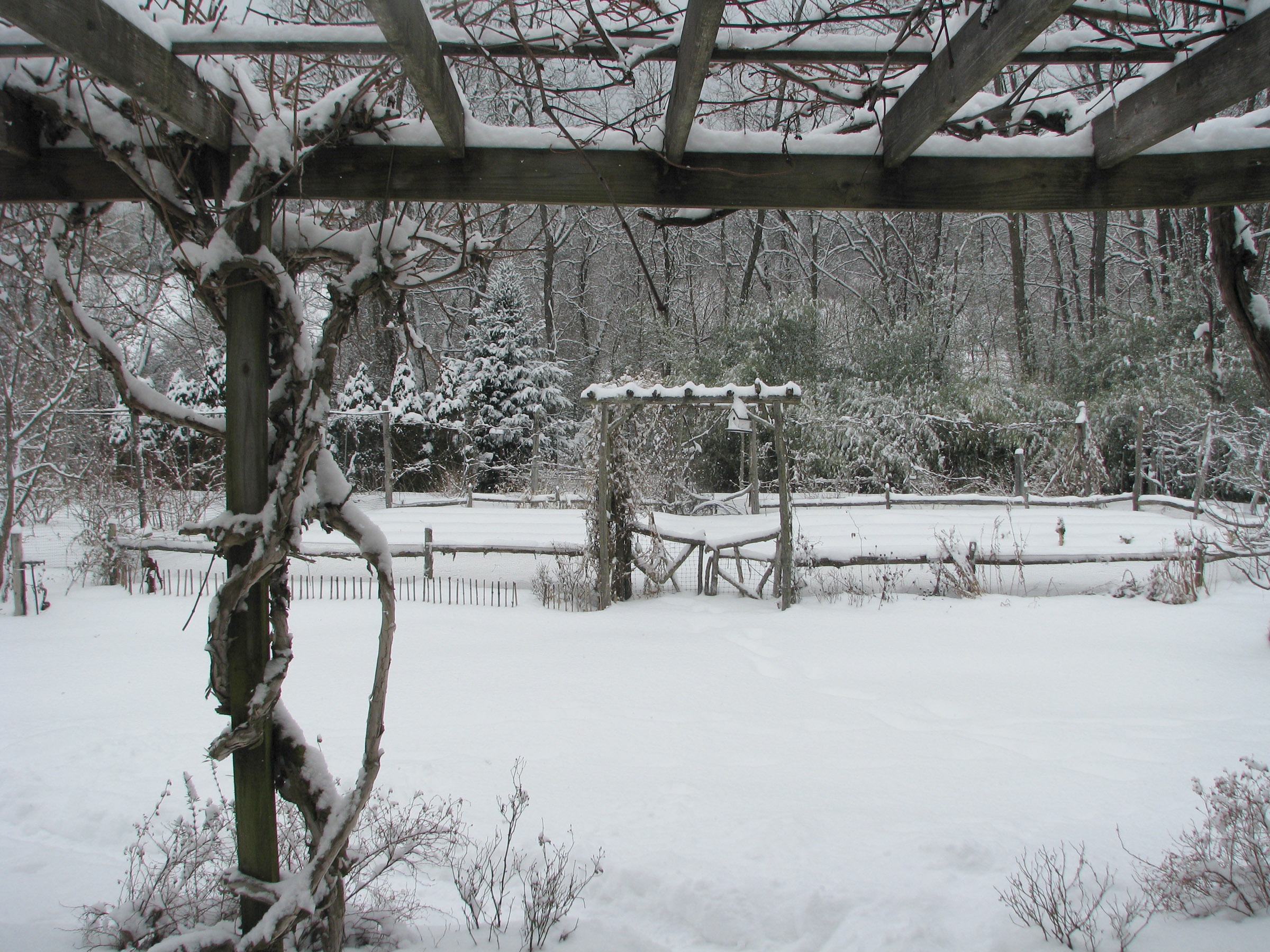 Each fresh snowfall lends yet another dimension as snowflakes pile up on every horizontal surface. Upper sides of tree limbs become painted in craggy swathes of white. Straight, white swathes line fence rails, and each fence post gets capped with a dot of white. Whatever evergreen greenery remains is all the more appreciated.
Each fresh snowfall lends yet another dimension as snowflakes pile up on every horizontal surface. Upper sides of tree limbs become painted in craggy swathes of white. Straight, white swathes line fence rails, and each fence post gets capped with a dot of white. Whatever evergreen greenery remains is all the more appreciated.
You’ve got to like snow if you garden this far north, in my case in New York’s Mid Hudson Valley.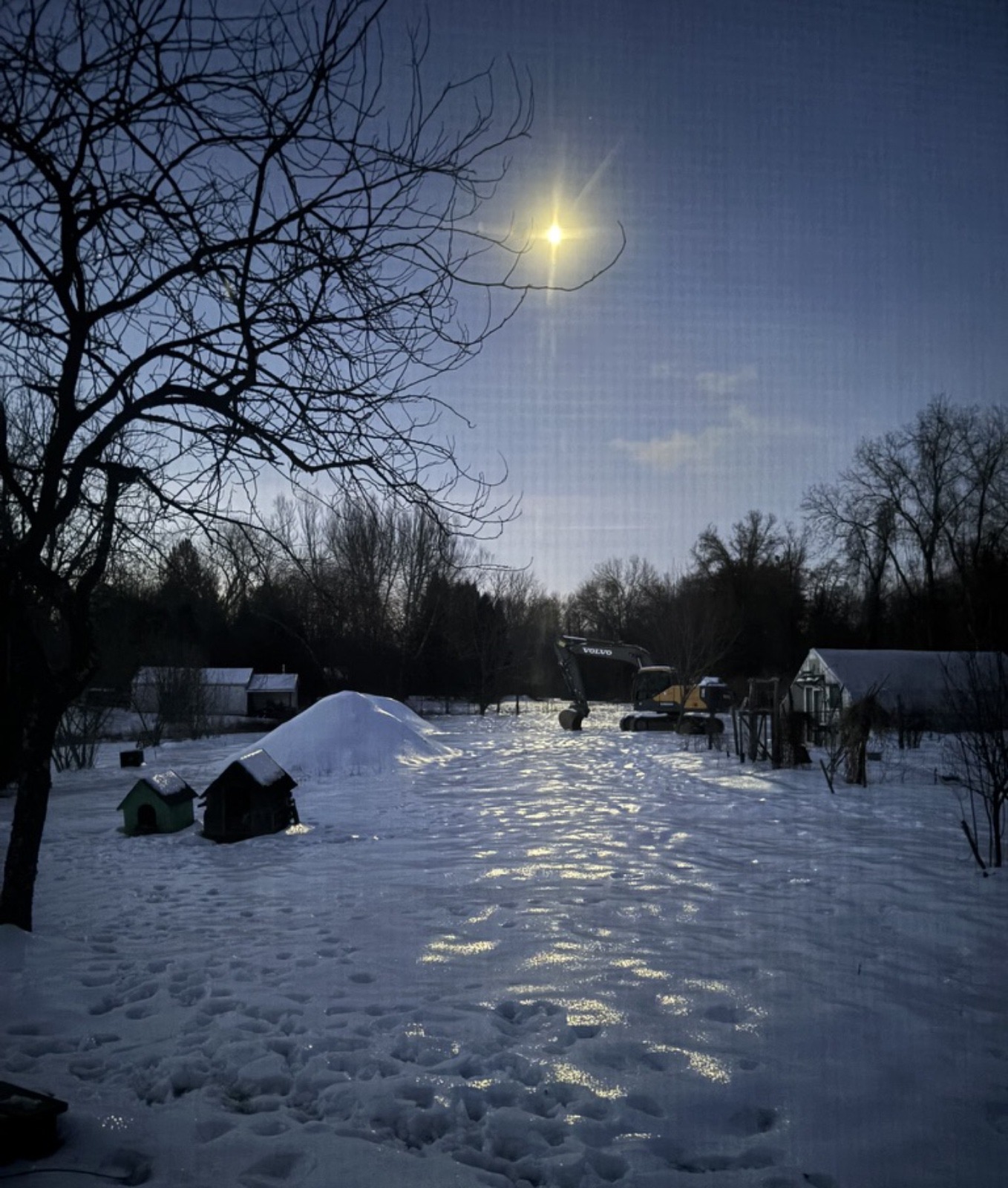

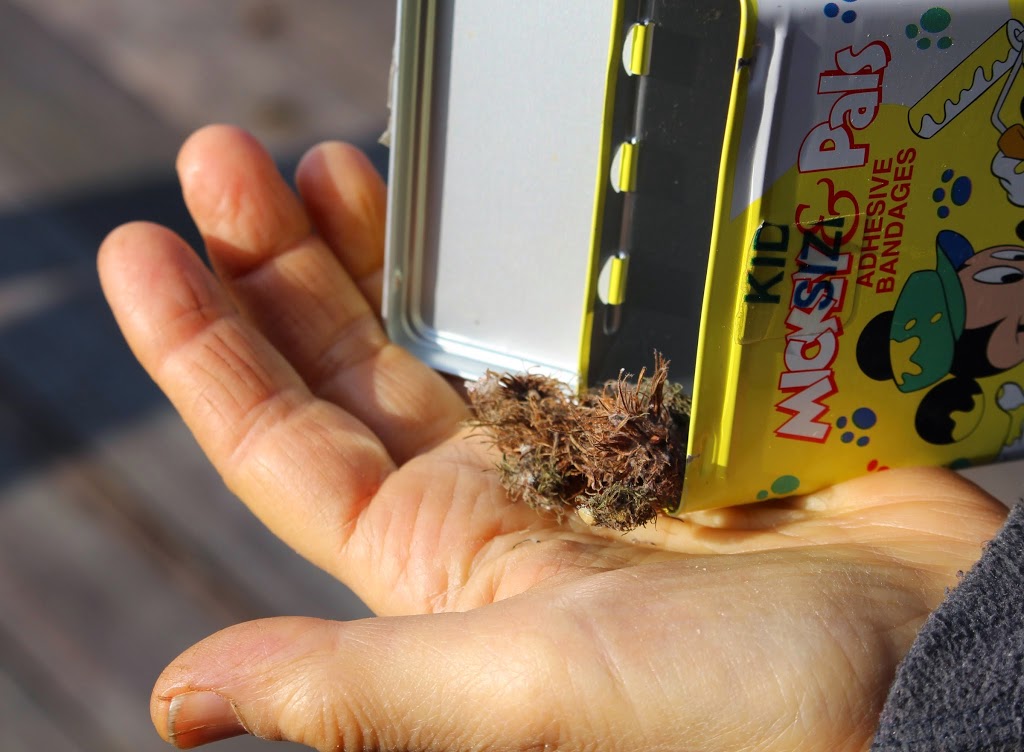

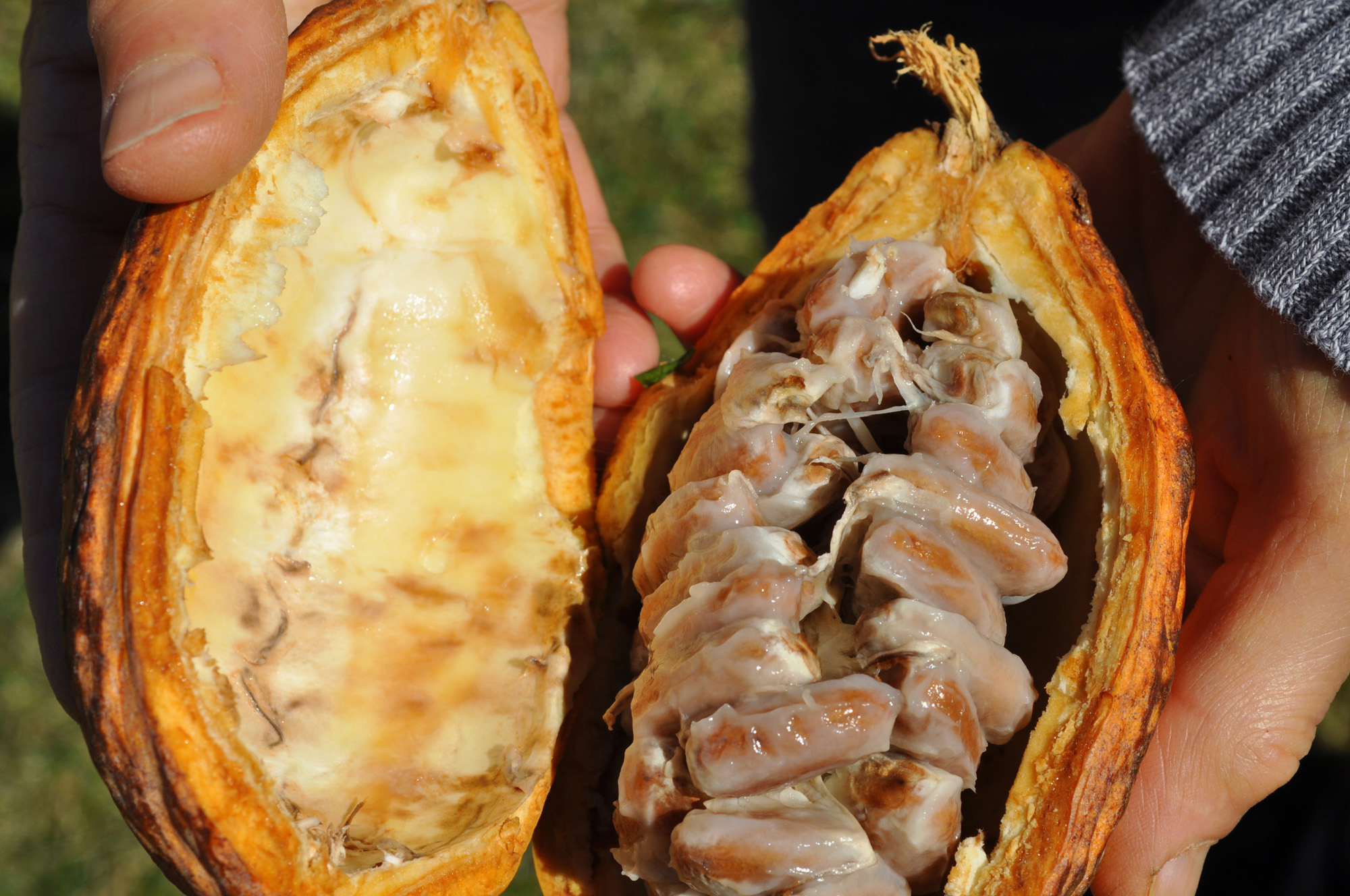
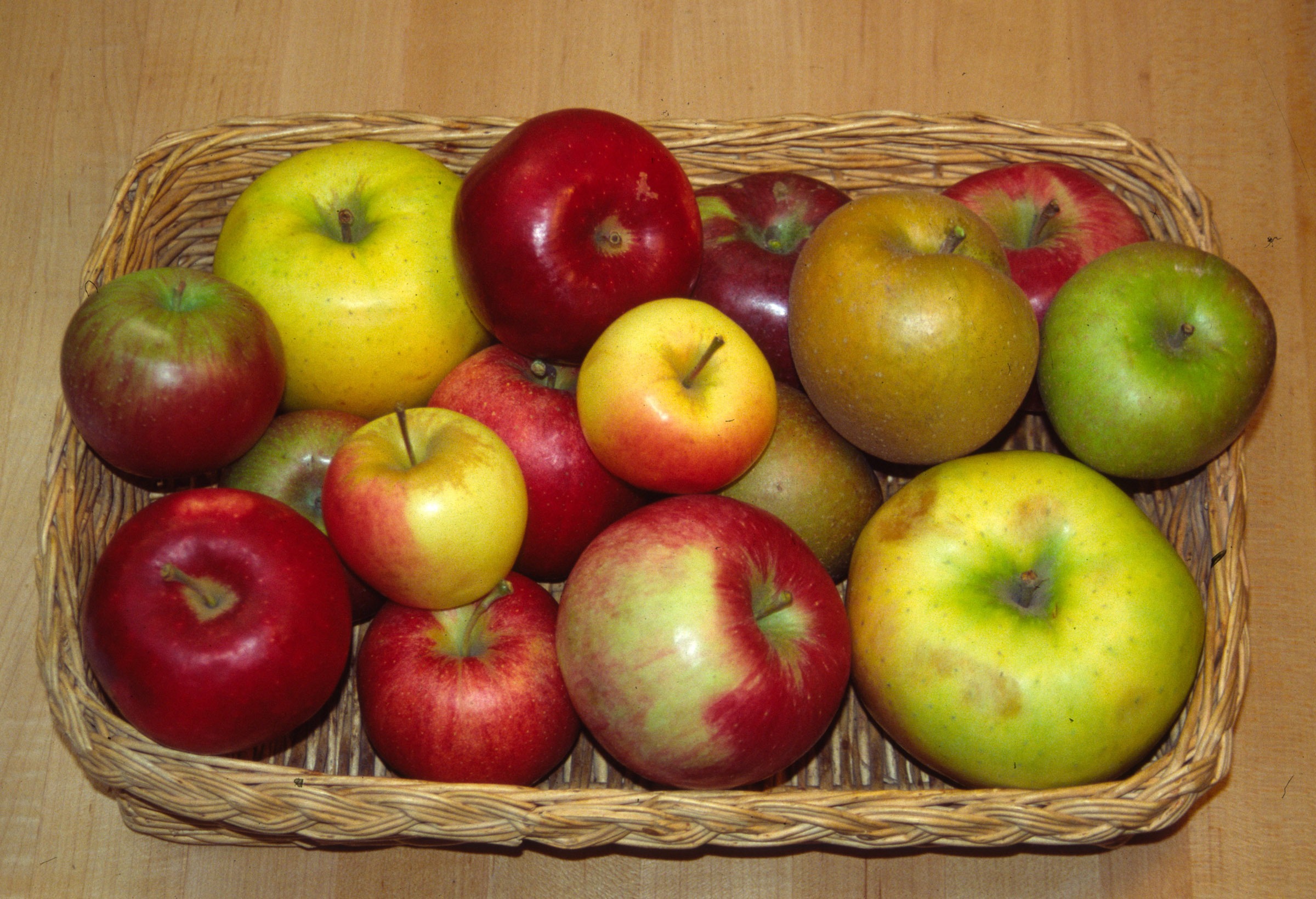
I have always felt the snow will form a cocoon around me. lulling me into a deep rest, until Spring
Too cold for me, cocoon-wise.
I live in the upper portion of Southeast Alaska so we get wild variations on snowfall. Some years the moist air of the southeast rainforest dominates and we get up to 350″ of snowfall. Some years the cold, dry air of our northern neighbors in the Yukon dominates and we get very little snowfall.
As a snowplow operator, I like the big snow years. As a gardener, I see the benefit of cold, low snow years for killing more over wintering slug eggs.
Interesting. Thanks for the comment.